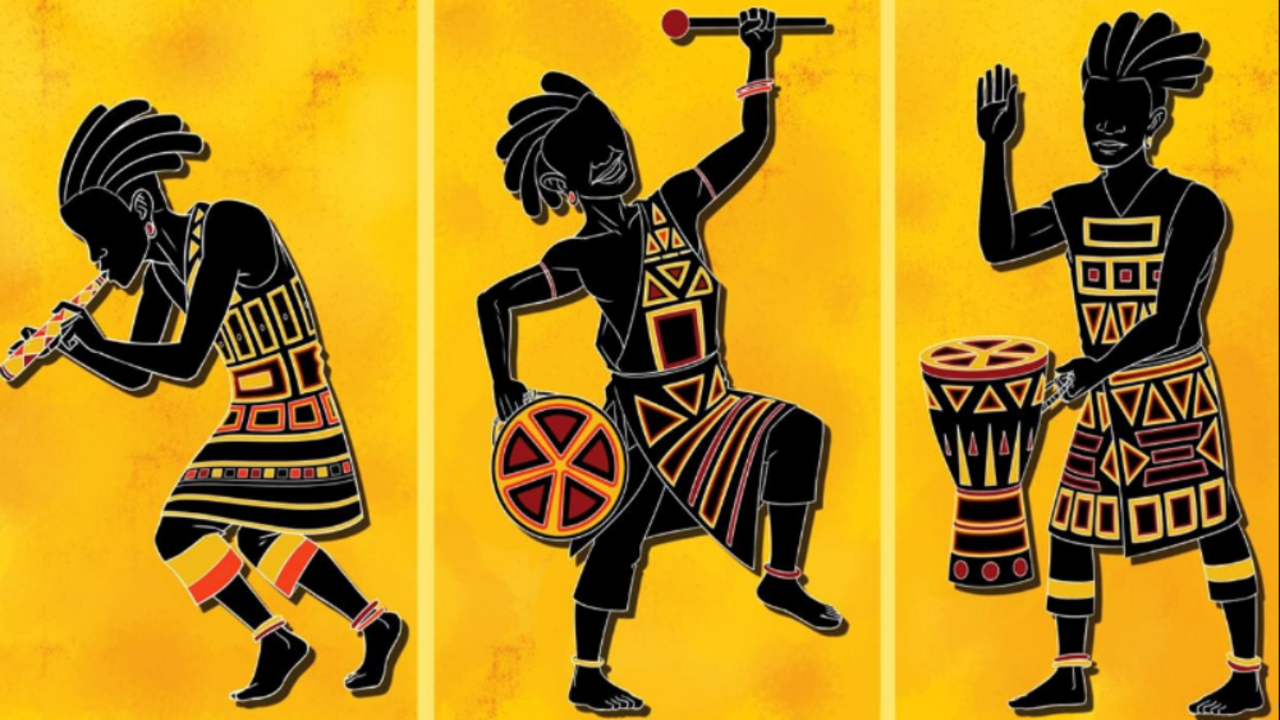Henry Wadsworth Longfellow, a 19th century American poet and educator, had claimed that music is the universal language of humans. Longfellow’s claim, made in 1835, has led people to keep searching for any scientific reality behind this claim. If this claim is taken to be true, it would suggest that universal cognitive mechanisms exist which can explain this universality and also the differences in music across the world.
Does this kind of universal cognitive mechanism really exist? Is there any empirical investigation to find out if they exist? Investigations were made in 1900 when psychologist Carl Stumpf decided to seek universal similarities in music despite the differences in different cultures. Stumpf was fascinated after he watched the musical performance by a Thai music troop in Berlin. He was amazed how Thai and European music had certain commonalities despite vast differences in their culture. His efforts led to the Berlin Phonogram Archive around 1933.
But with the rise of Nazism in Germany, the research project suffered a setback. As the members of this endeavor were mostly Jewish, they had to flee Berlin and the research was eventually stalled. Alan Lomax’s visionary Cantometrics project was the next in this field. The cantometrics project was developed by Lomax and his team to find out elements in folk music across the world that are related to features of social organization. In simpler words, how a particular form of a song is related to co-action in everyday life was what Lomax aimed to find out.
Now, a latest study in this field of research titled Universality and Diversity in Human Song has been published in Science. Led by Samuel A. Mehr, the study combined modern data science with that of musical recordings and ethnographic records to find out if there exists any universal principle underlying songs. The team has developed a web repertoire which is a collection of song recordings and ethnographies from around the world, and they named it “The Natural History of Song” (NHS). They reported in the Science publication that music is not only universal, but also that similar songs are used in similar contexts around the world.
They carefully selected a sample from human culture across the world that contains detailed ethnographic descriptions of the cultures and the contexts of the songs. They analyzed mainly vocally performed music. They employed the method of Bayesian principal component analysis which found that three main dimensions, namely, formality, arousal and religiosity account for the variances in these contexts considerably. They also considered four types of songs for their analysis—lullabies, dance songs, love songs and healing songs. They found many detailed examples of acoustic regularities.
For example, dance songs are normally faster and more rhythmic than lullabies, or ritual healing songs are less melodically variable than the dance songs. These universal tenets could be easily identified by western listeners who could successfully categorize the song type of the sound recording.
Interestingly, their analysis revealed that variability of song context within cultures is much greater than between cultures. This is indicative of the fact that humans use similar music in similar ways around the world. The all-pervading nature of the principle of tonality across different cultures is one of the important findings as far this research is concerned. Tonality means building melodies from a small set of related notes which are built upon a base tone or home pitch. This is also suggestive of the fact that universal cognitive bias exists to generate melodies out of categorical building blocks.
Taken together, the inference which can be drawn from this research is that there exist some fundamental but basic principles that can link musical styles to societal functions and emotional responses across cultural differences of the world.





